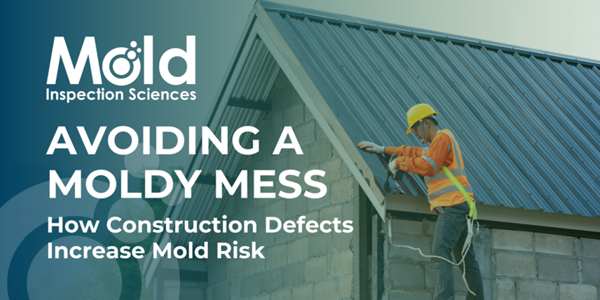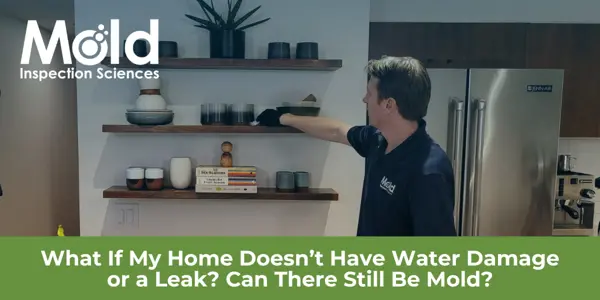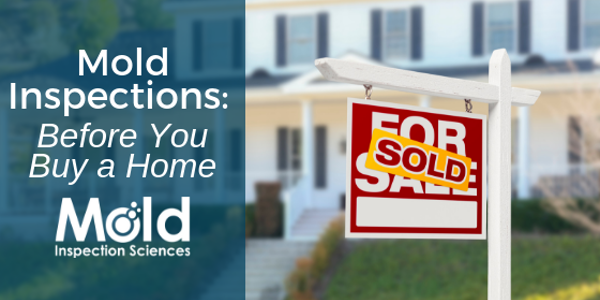Roofing Upgrades: Your roof is your home’s first line of defense against the elements. If it’s damaged or improperly installed, water can seep into your attic or walls, creating an ideal environment for mold growth. Loose or missing shingles, damaged flashing, and poor ventilation can all contribute to mold issues.
Solution:
o Regular roof inspections, especially after storms, are crucial.
o Consider replacing your roof with high-quality, moisture-resistant materials. Proper ventilation and leak barriers should also be installed to prevent mold from forming in your attic.
o Address small repairs promptly to avoid major water infiltration.
Window Replacement: Windows are a common entry point for moisture, especially if they’re old or improperly sealed. Condensation buildup on window frames is often a sign that moisture is seeping in, which can lead to mold growth on sills, walls, and the surrounding structure.
Solution:
o Replace older windows with modern, energy-efficient models that seal properly and block moisture.
o Ensure professional installation and proper caulking around the frames.
o Check regularly for any signs of moisture, particularly during humid or rainy seasons.
Exterior Door Upgrades: Drafty or improperly installed exterior doors can allow moisture to enter your home, especially during heavy rain or snow. Over time, this moisture can lead to mold in the door frames and nearby walls.
Solution:
o Install weather stripping and ensure your exterior doors are properly sealed and aligned.
o If your current doors are outdated, consider upgrading to insulated, weather-resistant doors that effectively block moisture.
Siding Maintenance: Wood siding, while visually appealing, is highly susceptible to moisture absorption. When water seeps into the wood, it creates the perfect breeding ground for mold. Over time, this can lead to mold creeping into the walls behind the siding, causing internal damage that often goes unnoticed until it’s too late.
Solution:
o If you prefer wood siding, be diligent about maintaining it with regular sealing and painting to keep water out.
o For easier maintenance, consider upgrading to non-wood siding (vinyl, Hardi, metal, etc…), which is less porous and more resistant to mold. Installing a moisture barrier behind the siding is another essential preventive measure.
Gutter and Drainage System Maintenance: Poor drainage around your home’s exterior can cause water to pool near the foundation, allowing moisture intrusion and increasing the risk of mold in basements and crawl spaces. If gutters are clogged or improperly installed, water can overflow and seep into your walls or foundation, leading to mold issues.
Solution:
o Keep gutters clear of debris and ensure downspouts direct water at least 3–5 feet away from the foundation.
o Install gutter guards to reduce clogs and ensure water flows freely away from your home.
Foundation Waterproofing: Water can easily seep into basements and crawl spaces through cracks in the foundation, creating an environment conducive to mold growth. Upgrading your foundation with waterproofing measures will protect your home from excess moisture.
Solution:
o Consider installing foundation waterproofing systems, such as perimeter drains or French drains, to direct water away from your foundation.
o Seal any existing cracks and apply a waterproof coating to the exterior foundation walls.









